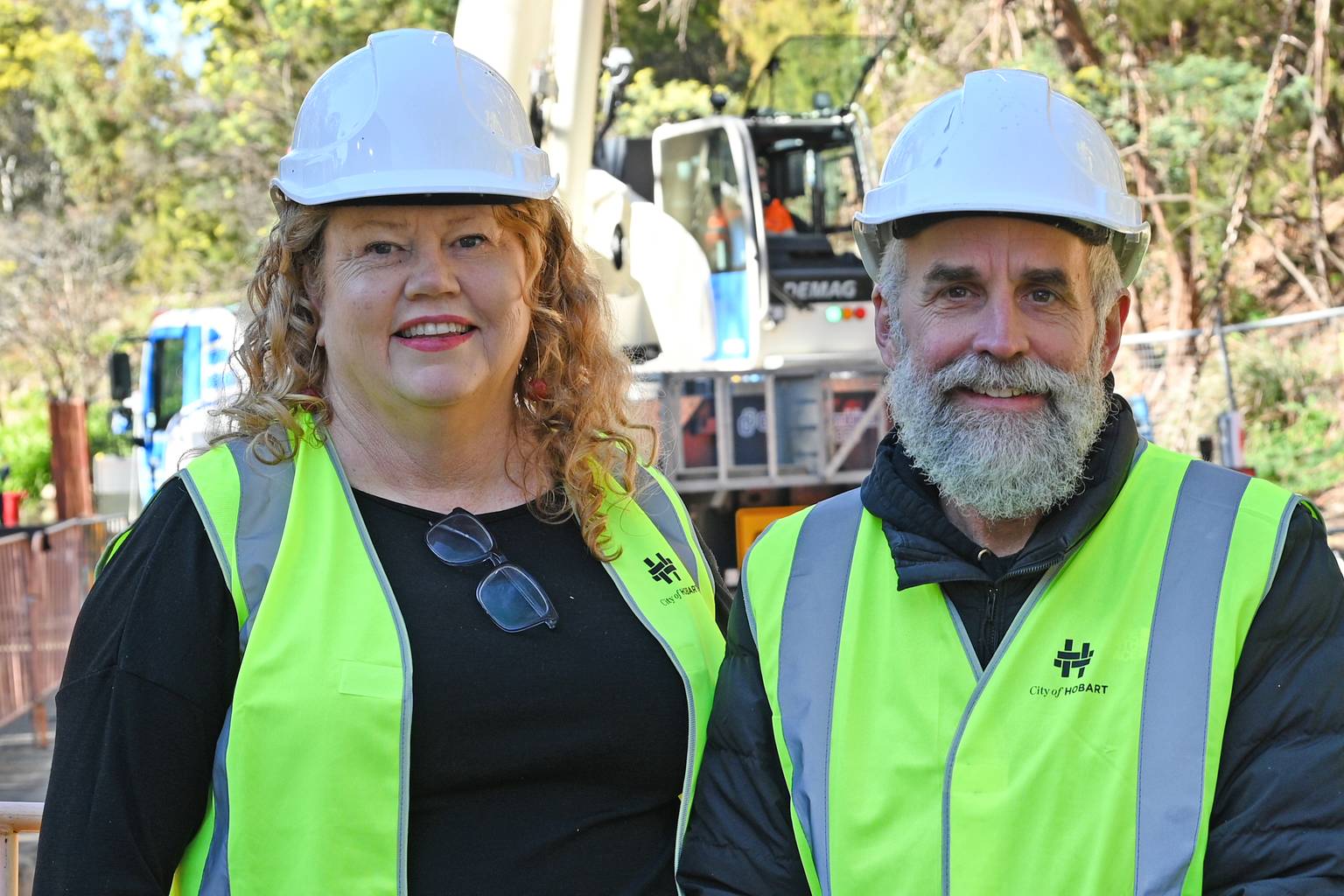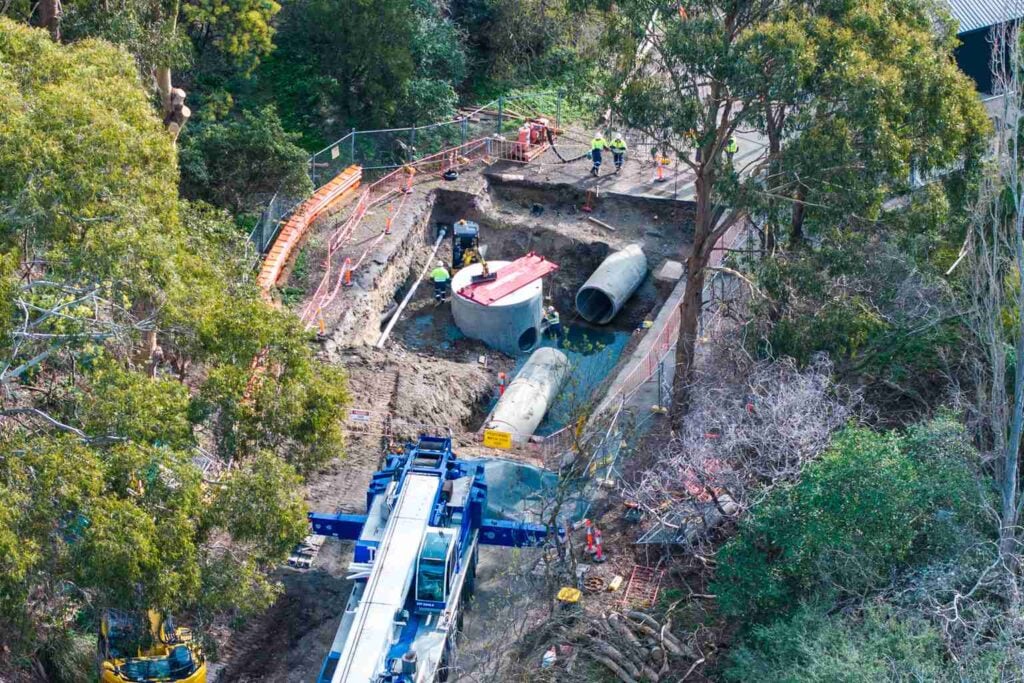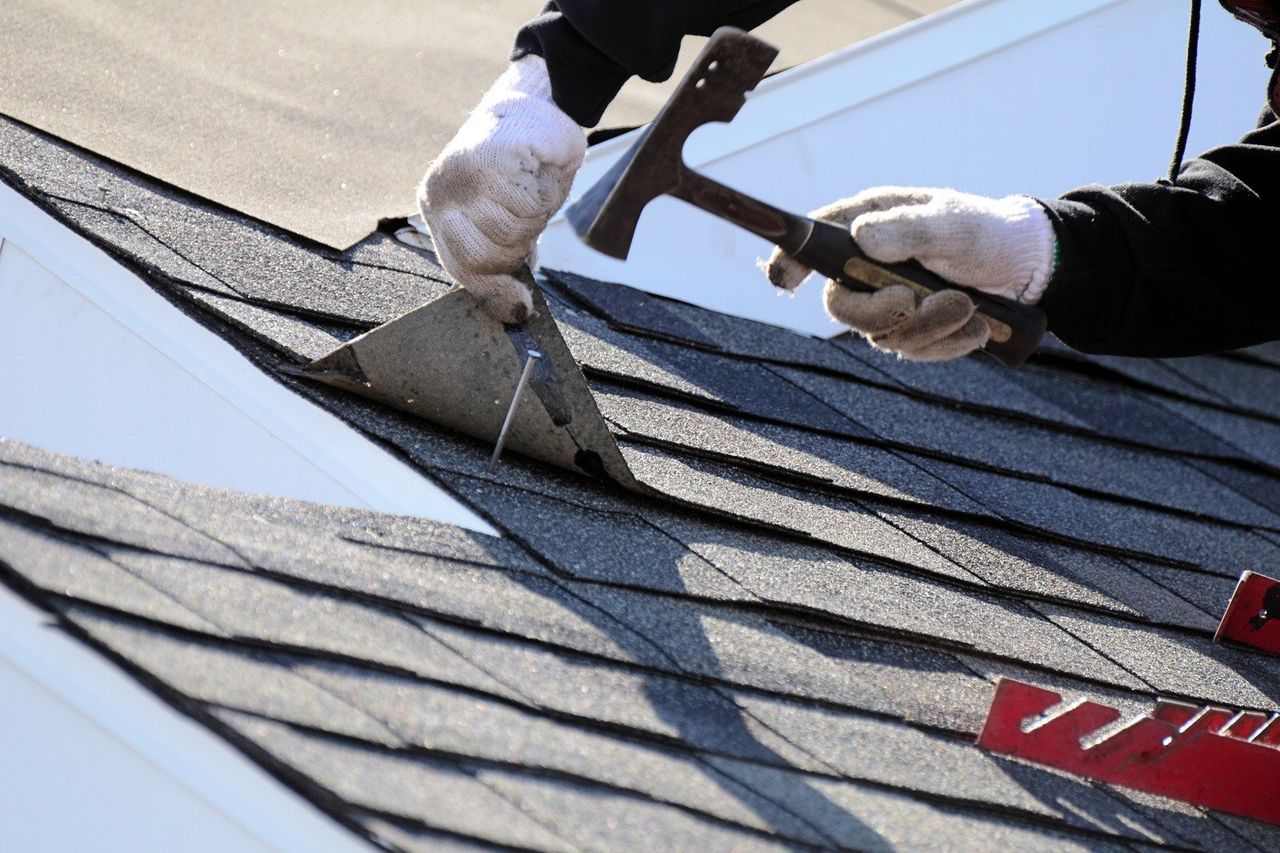A $500,000 pollutant trap has been installed in Hobart’s rivulet system after community campaigning revealed looped rubbish was killing the city’s platypus population.
The new trap replaces an inadequate ‘sock on a pipe’ that let plastic and debris wash into waterways during heavy rain.
The Hobart City Council project will stop an estimated 9.4 cubic tonnes of pollution from entering the rivulet each year – ten times more than the old system – including items as small as hair ties and fine sediment.
“This really sophisticated gross pollutant trap will be a real game changer for pollution into the rivulet,” Lord Mayor Anna Reynolds said.

The project was sparked by monitoring from local platypus guardian Pete Walsh, who raised the alarm over the impact of litter.
“We were averaging one to two platypus a month with looped litter around their body,” Walsh said. “One small loop of litter like a rubber band can kill a platypus quite quickly.”

Platypuses feed underwater with their eyes shut, meaning loops of rubbish easily snag on their bills, he said.
As they swim, the debris is dragged down their bodies by their back claws, often with fatal results.
The rivulet’s platypus population is thought to be in the “low double digits”.
Only one death from entanglement has been officially recorded, but Walsh believes timely intervention has prevented many more.

The new chambers separate large rubbish while also capturing sediment and hydrocarbons before releasing clean water back into the stormwater system.
A vacuum truck will regularly empty the trap after heavy rainfall events.
The installation caps more than a year of planning and collaboration between council and community advocates.







